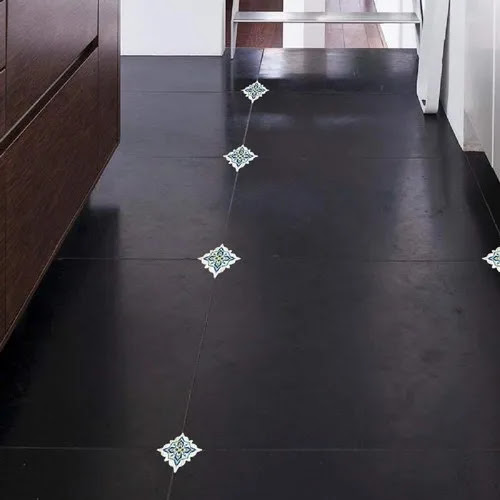The Importance of Anti Slip Flooring for Safety and Slip Prevention
Introduction
Why Anti-Slip Flooring is Essential for Safety and Slip Prevention
Anti-Slip Flooring is a crucial component of any building or facility that aims to prioritize safety and slip prevention. With its slip-resistant surface, anti-slip flooring can help prevent falls, slips, and trips, reducing the risk of injury to employees, customers, and visitors. In this article, we'll explore the importance of Anti-Slip Flooring and provide a guide to selecting the best type of flooring for your needs.
The Benefits of Anti-Slip Flooring
Improved Safety
Anti-slip flooring helps to reduce the risk of slips, trips, and falls, making it a key component of any safety-conscious building or facility. Its slip-resistant surface can provide additional grip, helping to minimize the risk of accidents.
Enhanced Durability
Anti-slip flooring is typically made from materials that are durable and long-lasting, making it a great option for high-traffic areas. This type of flooring can also resist wear and tear, reducing the need for frequent replacements or repairs.
Increased Aesthetics
Anti-slip flooring doesn't have to be boring or unattractive. With a wide range of design options available, you can choose a flooring option that not only enhances safety but also complements the aesthetic of your building or facility.
Enhanced Traction
Anti-slip flooring can provide enhanced traction, making it a great option for wet or slippery areas, such as kitchens, bathrooms, and swimming pools. This can help to reduce the risk of slips and falls, providing peace of mind for employees, customers, and visitors.
Step-by-Step Guide to Selecting the Best Anti-Slip Flooring for Your Needs
Consider the Environment
When selecting anti-slip flooring, consider the environment in which it will be used. Factors such as foot traffic, moisture, and temperature can all impact the effectiveness of different types of anti-slip flooring.
Determine Your Budget
Before making a decision, determine your budget for the project. This will help you narrow down your options and find a type of flooring that fits your needs and budget.
Evaluate Your Needs
When selecting anti-slip flooring, evaluate your needs and determine what type of flooring will best meet your requirements. Consider factors such as slip resistance, durability, and ease of maintenance when making your decision.
Consider the Aesthetics
Anti-slip flooring doesn't have to be unattractive. Consider the overall aesthetic of your building or facility and choose a flooring option that not only enhances safety but also complements the look of your space.
Work with a Reputable Supplier
When selecting anti-slip flooring, work with a reputable supplier who can provide high-quality products and excellent customer service. Check references and reviews to ensure you're working with a supplier you can trust.
Test it Out
Before making a final decision, test out the anti-slip flooring in person or through virtual tours. This will give you a better idea of how the flooring will look and function in your building or facility.
Conclusion:
In conclusion, Anti Slip Flooring is an essential component of any building or facility that aims to prioritize safety and slip prevention. With its slip-resistant surface and enhanced durability, anti-slip flooring can help reduce the risk of slips, trips



Comments
Post a Comment